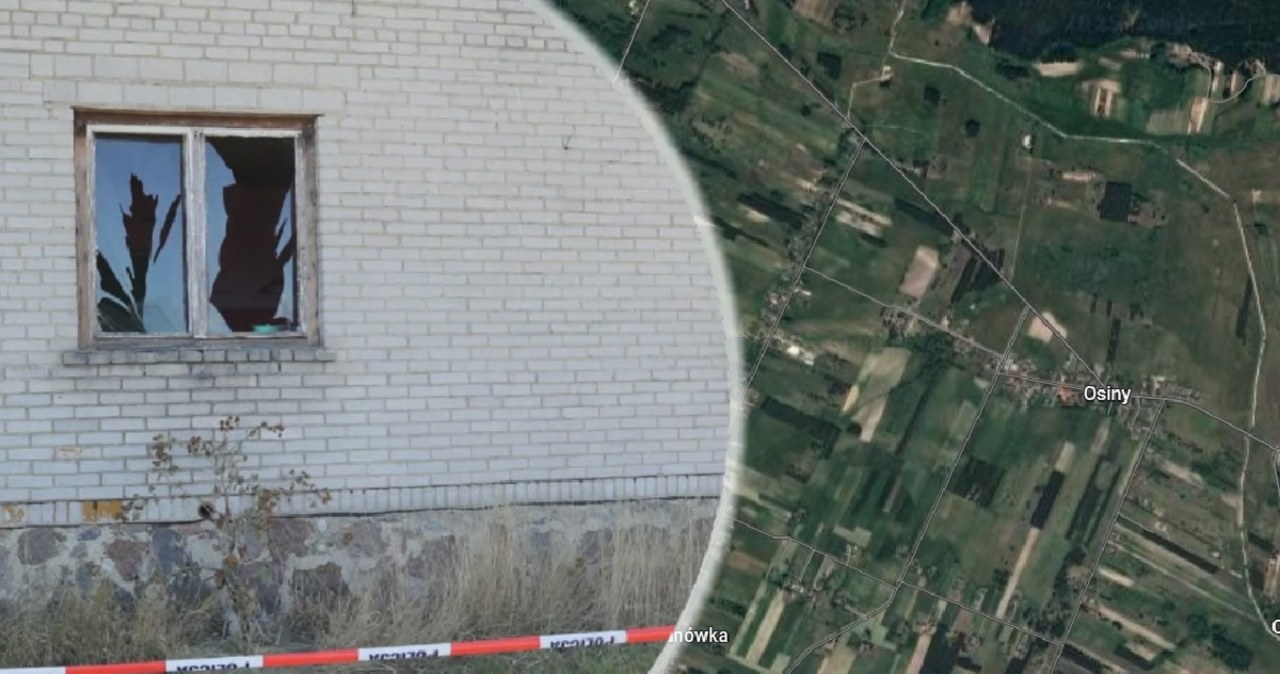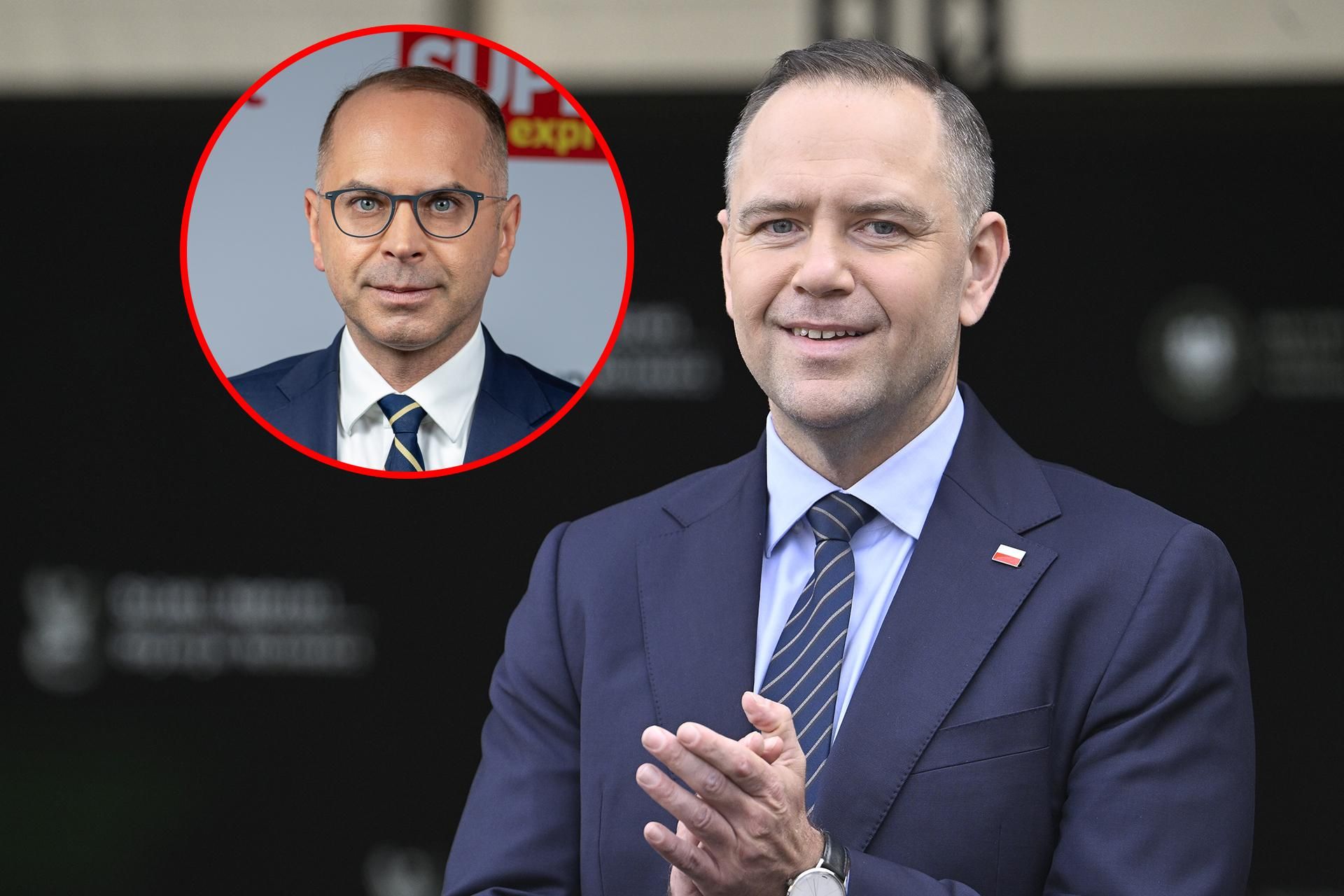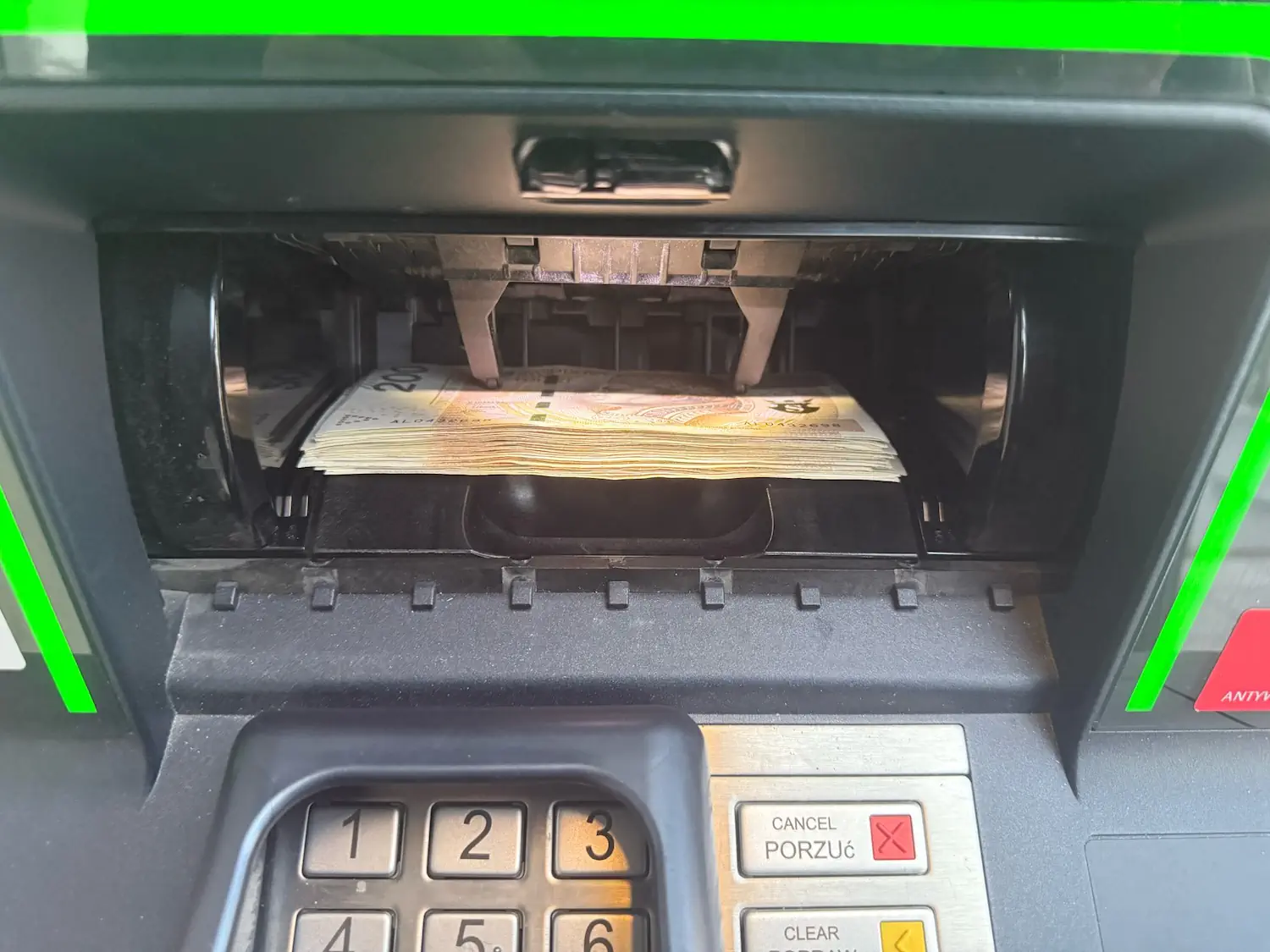
NEW DELHI– Tata Group-owned Indian full-service carrier, Air India (AI) and its low-cost subsidiary Air India Express (IX) together posted a pre-tax loss of ₹9,568.4 crore (approx $1.1 billion) in the financial year ending March 2025, as per provisional figures shared by the civil aviation ministry.
During the same fiscal year, IndiGo (6E) reported a profit before tax of ₹7,587.5 crore (869 million USD), while Akasa Air (QP) and SpiceJet (SG) recorded losses of ₹1,983.4 crore (227 million USD) and ₹58.1 crore (6.6 million USD), respectively. These figures were presented in a written reply by Minister of State for Civil Aviation Murlidhar Mohol in the Lok Sabha.
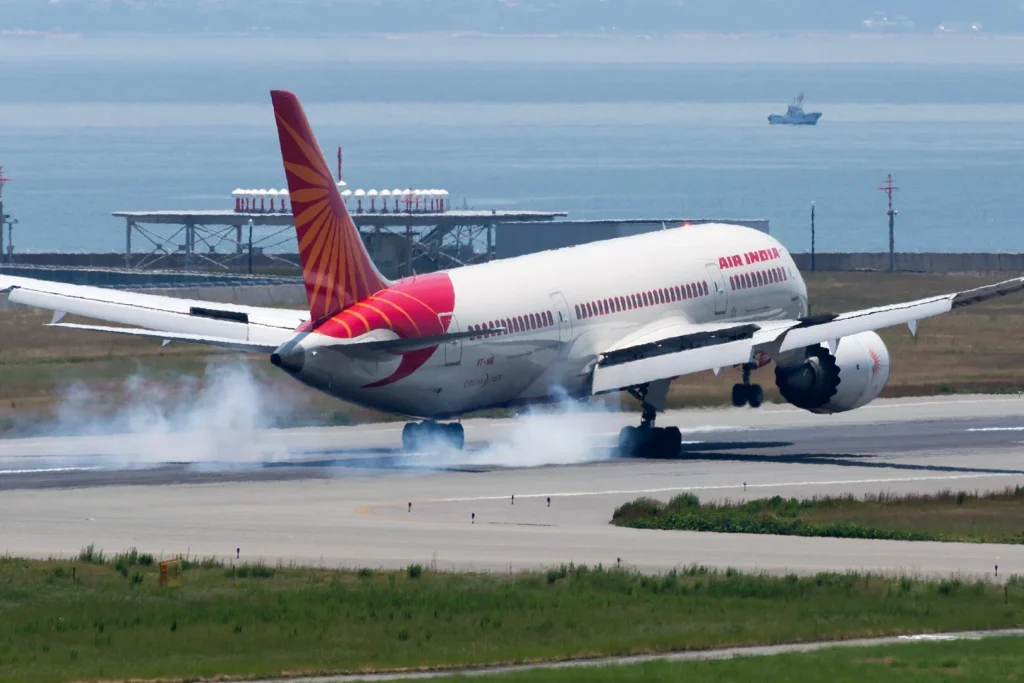 Photo: By lasta29 – Air India, B787-8 Dreamliner, VT-ANR, CC BY 2.0, https://commons.wikimedia.org/w/index.php?curid=40687689
Photo: By lasta29 – Air India, B787-8 Dreamliner, VT-ANR, CC BY 2.0, https://commons.wikimedia.org/w/index.php?curid=40687689Air India, AI Express ₹9,568 Crore Loss
Tata Group-owned Air India (AI) reported a standalone pre-tax loss of ₹3,890.2 crore in FY25.
Its subsidiary, Air India Express (IX), which has historically been profitable, posted a significantly higher loss of ₹5,678.2 crore. This marks a major shift for the budget carrier, which had earlier played a crucial role in Air India’s recovery plan after the Tata Group acquired both airlines in January 2022.
In contrast, IndiGo (6E), India’s largest carrier by market share, strengthened its financial position with a substantial profit before tax of ₹7,587.5 crore.
Meanwhile, Akasa Air (QP), one of the youngest entrants in the domestic market, and SpiceJet (SG), a long-struggling carrier, both continued to report losses in FY25.
The data also highlighted the debt positions of major Indian airlines. Air India (AI) carried a debt of ₹26,879.6 crore by the end of FY25, while IndiGo (6E) had a significantly higher debt burden at ₹67,088.4 crore.
Among smaller carriers, Air India Express (IX) reported a debt of ₹617.5 crore, Akasa Air (QP) stood at ₹78.5 crore, and SpiceJet (SG) at ₹886 crore.
The variation underscores how established full-service and low-cost airlines manage their financial strategies differently, balancing operations, fleet expansion, and network growth with debt obligations.
 Photo: avgeekwithlens/ Harsh Tekriwal
Photo: avgeekwithlens/ Harsh TekriwalRegulatory and Policy Context
The ministry reiterated that since the repeal of the Air Corporation Act in March 1994, India’s domestic aviation market has been fully deregulated.
This means airlines independently manage their finances, including debt restructuring and resource mobilisation, based on commercial considerations without direct government control.
This policy framework places the responsibility squarely on carriers to ensure sustainable operations.
For legacy airlines like Air India (AI), now under Tata Group ownership, the challenge lies in executing long-term restructuring while maintaining competitiveness in a cost-sensitive market.
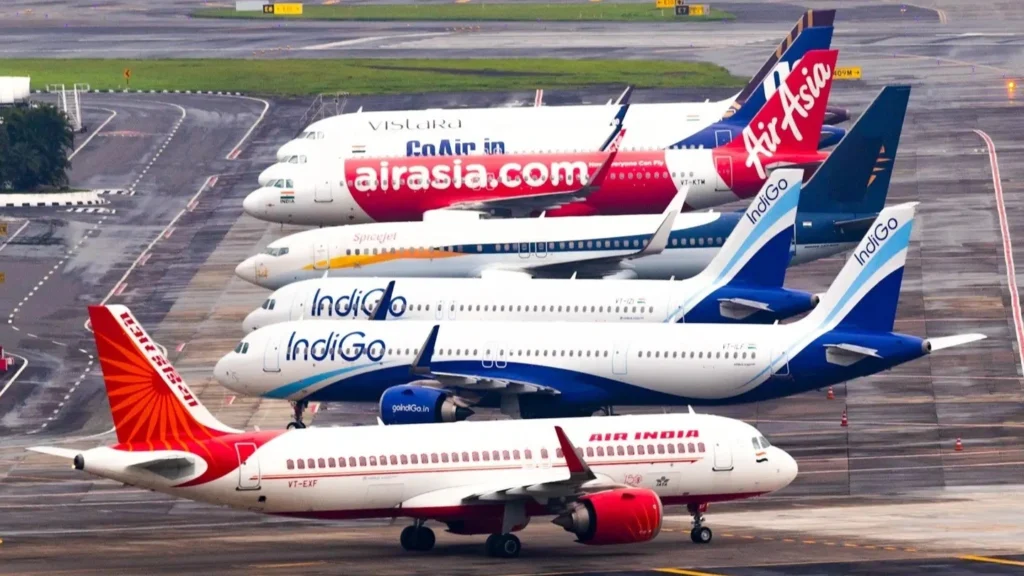 Photo: Siddh Dhuri | MumbaiPlanes
Photo: Siddh Dhuri | MumbaiPlanesThe Bigger Picture for Indian Aviation
The financial performance of FY25 highlights a sharp contrast between India’s carriers. IndiGo (6E) continues to consolidate its dominance, while Tata Group’s airlines are still navigating the heavy costs of transformation and integration.
The losses at Air India Express (IX) are particularly notable, given its past profitability and role as a budget arm designed to tap India’s price-conscious travel segment.
Overall, the sector remains highly competitive, debt-driven, and sensitive to global factors such as fuel costs, currency fluctuations, and international demand recovery.
The provisional figures shared with Parliament provide a clear snapshot of the financial health of India’s leading airlines as they prepare for another challenging year.
Stay tuned with us. Further, follow us on social media for the latest updates.
Join us on Telegram Group for the Latest Aviation Updates. Subsequently, follow us on Google News
Air India Group Non-Metro Flight Routes Analysis 2025
The post Air India Group Posts $1.1 Billion Loss in FY2025 Before Tax appeared first on Aviation A2Z.




